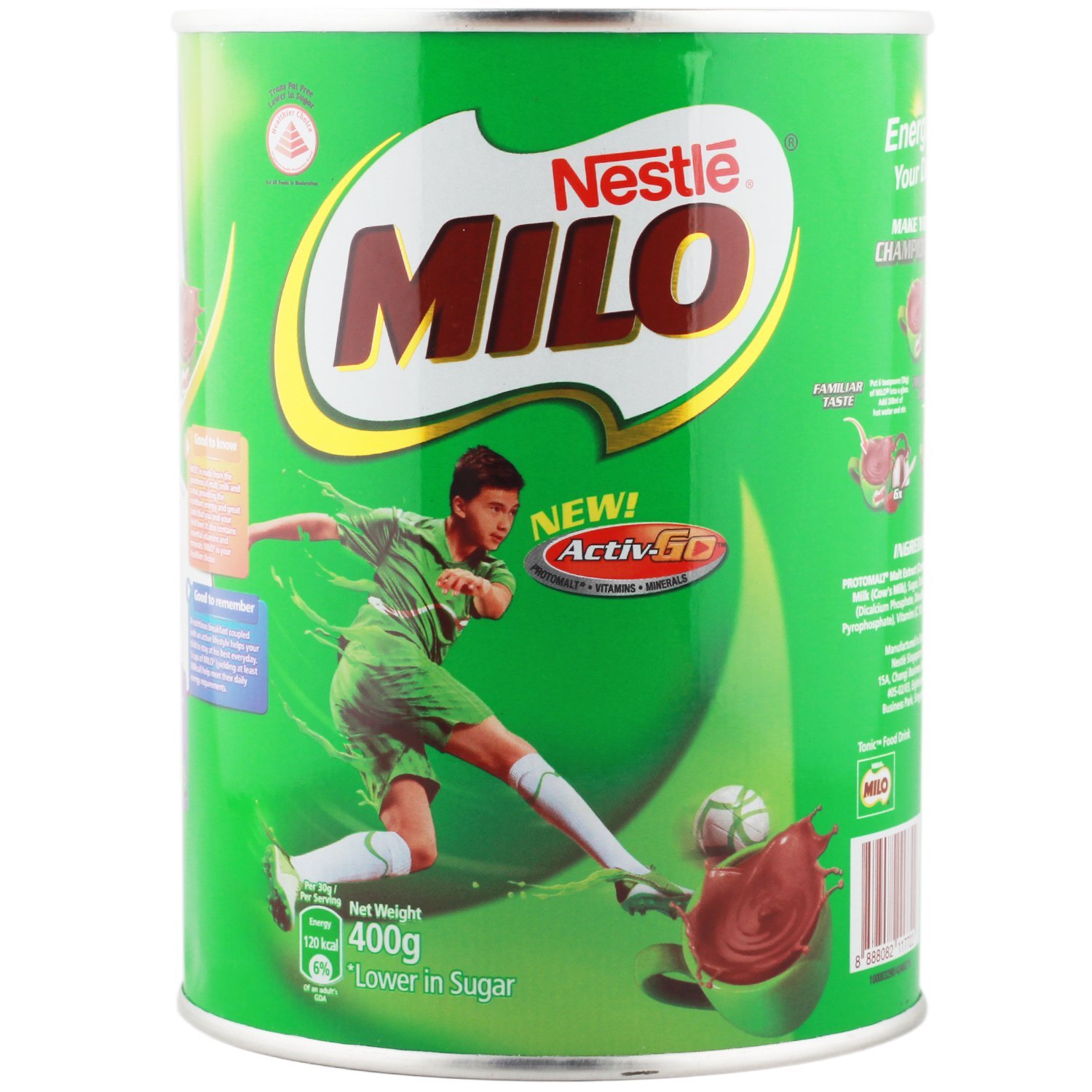
In 1970, more than half the world’s vanillin production was used in the synthesis of other chemicals, but as of 2004, this use accounts for only 13% of the market for vanillin. Vanillin has been used as a chemical intermediate in the production of pharmaceuticals and other fine chemicals. It is also used in the flavor industry, as a very important key note for many different flavors, especially creamy profiles such as cream soda. Vanillin is also used in the fragrance industry, in perfumes, and to mask unpleasant odors or tastes in medicines, livestock fodder, and cleaning products. The ice cream and chocolate industries together comprise 75% of the market for vanillin as a flavoring, with smaller amounts being used in confections and baked goods. The largest use of vanillin is as a flavoring, usually in sweet foods.

Excessive sugar consumption is linked to a wide variety of metabolic diseases. Glucose syrup, also known as confectioner’s glucose, is a syrup made from the hydrolisis of starch. We believe that it is not responsible behaviour for a brand to not clearly state what ingredients have been used. Some foods use high fructose corn syrup which may be harmful in much lower quantities than sucrose. For example, Sucrose (Cane Sugar) is very different from Fructose (Fruit Sugar). This is important because different sugars have different metabolic effects. This food product does not specify which sugar has been used. Ingredients in Nestle Milo which are a concernĮxcessive sugar consumption is linked to a wide variety of metabolic diseases. It should only be an occasional part of the diet only in very small servings and that too only for healthy people. High sugar consumption is detrimental to the health of children and youth. Nestle Milo contains wholesome milk and cocoa but it’s high sugar content makes it suitable as a dessert and not a meal replacement. 3 tbsp or 24 gm of Milo contains 12.3 gm of sugar which is very high and frequent consumption of high amounts of sugar can cause obesity, diabetes and other lifestyle diseases.įoodnetindia wholesomeness rating: 5 – (On a scale of 1 to 10 from very unbalanced nutrition profile to excellent nutrition profile)

This is worsened by the fact that many people add even more sugar to the drink they make with Milo. It is therefore recommended that beverages like Milo which contain high amounts of simple starches and sugars must be consumed only in small quantities by healthy people and must be avoided by people who have lifestyle diseases like obesity, hypertension, diabetes etc. Simple starches and sugars are known to cause obesity and obesity is a risk factor for cardiovascular disease and hypertension. The foodnetindia rating for this product:-įoodnetindia safety rating: 3 – (On a scale of 1 to 10 from very unsafe to very safe) “Health” drinks like Milo claim to provide nutrition and energy, but they end up giving us much of the energy in the form of empty calories primarily from simple starches and sugar which are not a healthy choice for children and adults alike who have an obesity problem or proclivity to metabolic syndrome.

We find the product to be extremely sugary at 12.3 gm per 24 gm (3 tbsp) of the drink, which cannot be recommended for diabetics and also for those trying to lose weight. Nestle` Milo is a chocolate flavoured, malt based drink.


 0 kommentar(er)
0 kommentar(er)
